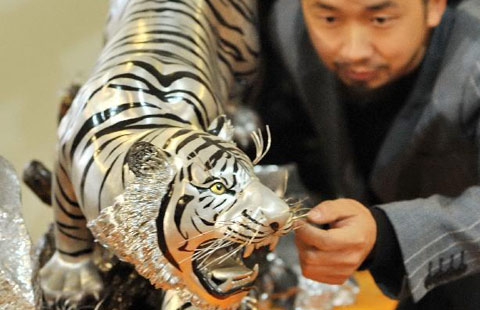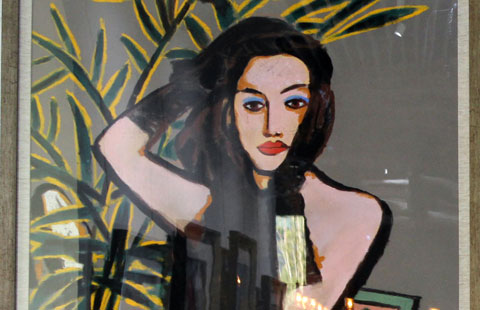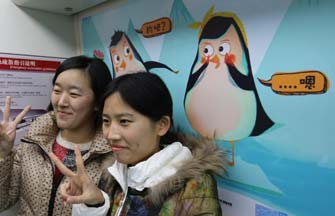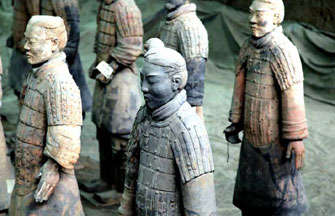Love of art
By Deng Zhangyu ( China Daily ) Updated: 2014-12-30 07:13:09
|
Xinjiang Transport Corps, oil on canvas, by Dong Xiwen, 1944. [Photo provided to China Daily] |
In 1955, the National Museum of China asked Dong to delete then vice-president Gao Gang from the painting, in which he was shown standing in the first row behind Mao. Dong Xiwen used a flower pot to replace Gao, who had been expelled from the Communist Party of China the year before.
In 1971, Dong was asked by the same museum to remove Liu Shaoqi, a former vice-president who was reviled by a section of the Party during the "cultural revolution" (1966-76), from the piece. At the time, the artist replaced Liu with Dong Biwu, another founding father of the CPC.
The following year, Dong was instructed to remove Lin Boqu from the painting. Lin was then general-secretary of the Central People's Government Committee and had a falling out with the leadership. But by then, the painter was taken ill by stomach cancer. He, in turn, asked Jin Shangyi, one of his students, to reproduce the painting without Lin in it.
Finally, the oil painting was restored to its original look in 1979, with the three political figures back in place. This version, which is the collective work of several artists, including Jin, is now most often viewed by the public.
"The changes to the painting tell a bitter story, reflecting the political influences on art. But it didn't affect Dong Xiwen's love of art, " Fan Di'an, curator of the retrospective, told reporters at the show's opening.
While the Founding Ceremony of China as an artwork has always been famous, the public has known little about the artist. The retrospective of his 128 paintings gives people a chance to understand Dong Xiwen better.
|
|
|
|
|
|
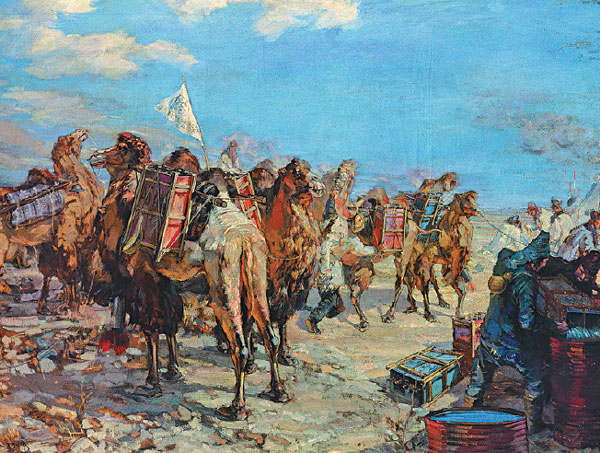
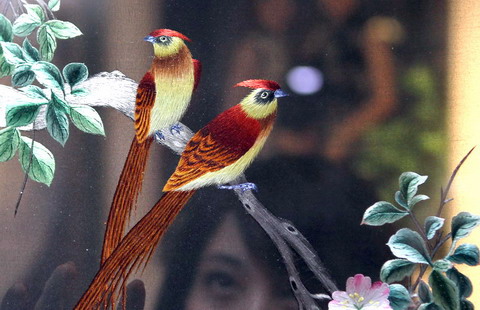
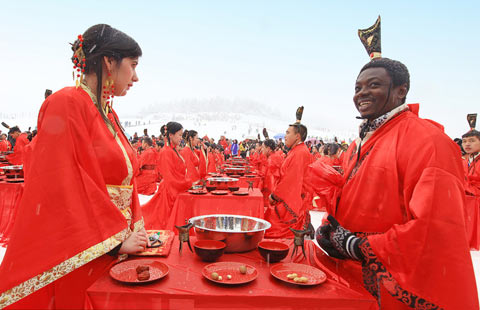
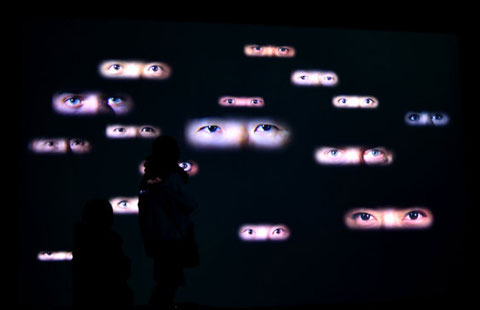
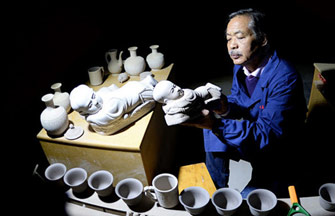
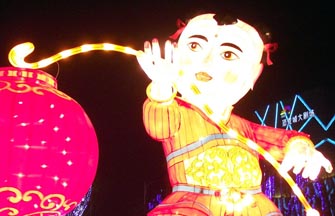



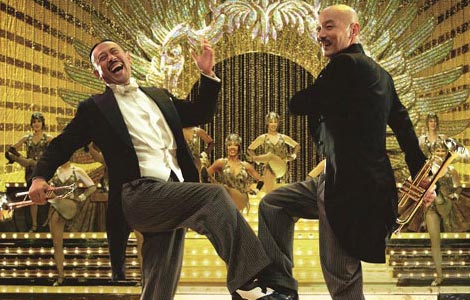

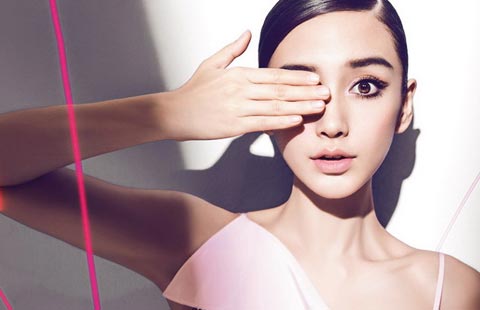

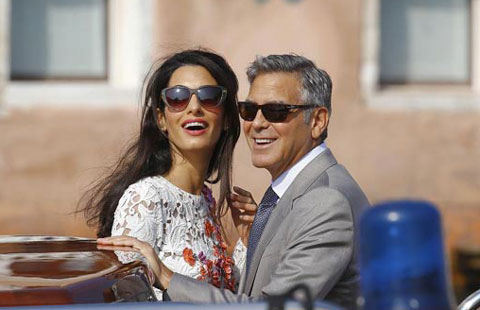
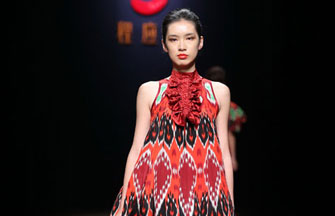








 Raymond Zhou:
Raymond Zhou: Pauline D Loh:
Pauline D Loh: Hot Pot
Hot Pot Eco China
Eco China China Dream
China Dream China Face
China Face
